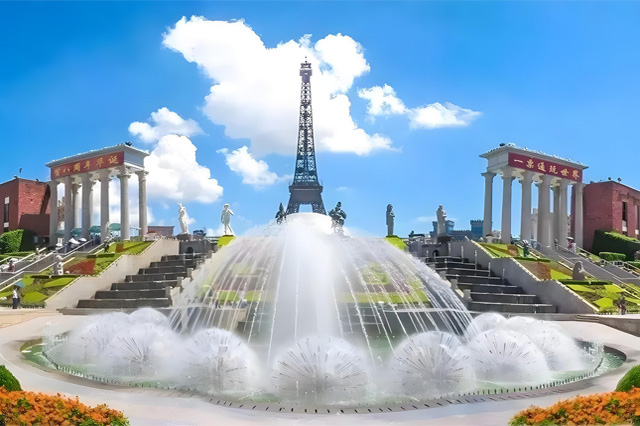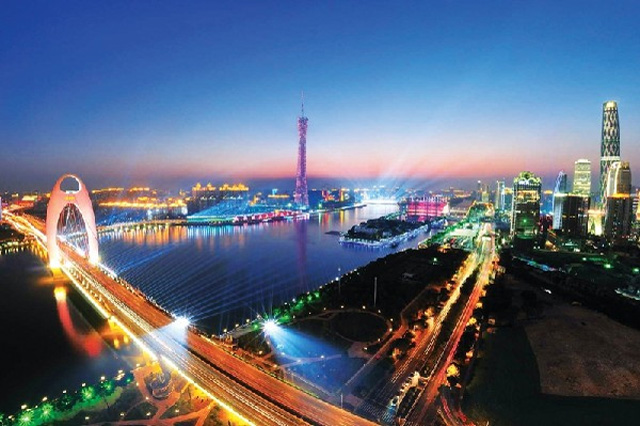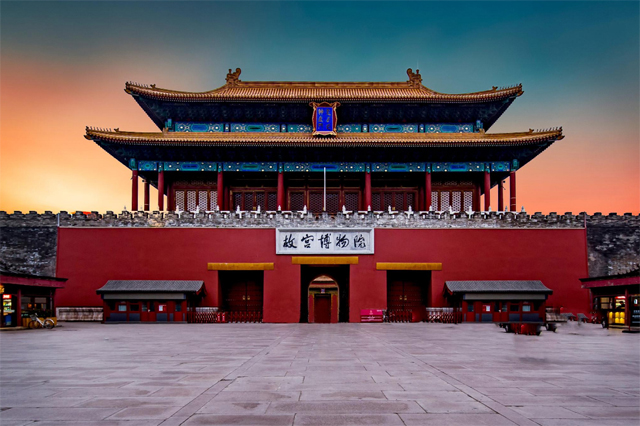Yunnan 5A level tourist attractions summary, take you to play around the south of colorful clouds!
- China Tourism
- 2025-05-06 10:19
- 183
Yunnan Province, referred to as "Yun" or "Dian", is located in the southwest border of China. It is an important hub for China to carry out economic, cultural and political exchanges with foreign countries, and is also one of the important protection areas of global biodiversity. Yunnan is named Yunnan because it is south of Yunling. It is one of the important birthplaces of mankind. The Yuanmou ape-man in Yunnan, who lived 1.7 million years ago, is one of the earliest humans discovered in China and Asia so far. Yunnan Province is famous at home and abroad for its unique plateau scenery, tropical and subtropical frontier scenery and colorful ethnic customs. Next, I will give you a summary of Yunnan's 5A tourist attractions and take you to the south of colorful clouds!
1. Kunming Shilin Scenic Area
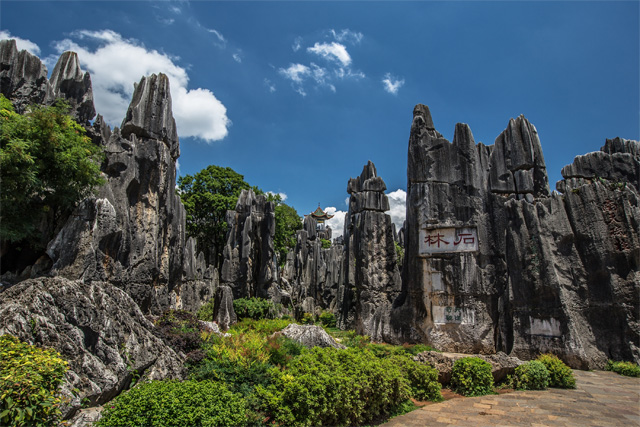
Kunming Shilin Scenic Area, also known as Yunnan Shilin, is located in Shilin Yi Autonomous County, Kunming City, Yunnan Province. The Shilin Karst landform area is more than 1100 square kilometers, and the protected area is 350 square kilometers. It is a national 5A-level scenic spot. Shilin Scenic spot is famous for its landscape characteristics of male, strange, dangerous, beautiful and secluded, and has the reputation of "the first wonder in the world. It is the most famous karst landform tourist attraction in the world, and is called "natural museum of modeling landform" by international karst research experts ".
2. Kunming World Expo Park Scenic Area, Kunming

Kunming World Expo Park Scenic Area (referred to as the World Expo Park) is the site of the 1999 Kunming World Horticultural Expo. It is located next to the Golden Hall Scenic Area in the northeastern suburbs of Kunming, about 4 kilometers away from the urban area of Kunming. As the only fully preserved Expo site in the world, the Expo Park has become a worldwide, national, horticultural, and horticultural with the unique historical, cultural and landscape value of the world's largest and most original garden and horticultural Grand View Garden. A cultural heritage of high grade, uniqueness, inimitability, and sustainable value.
3. Baoshan volcanic hot sea tourist area

Baoshan volcanic hot sea tourist area, located in Qingshui Township and Mazhan Township, Tengchong County, Baoshan City, Yunnan Province, is composed of volcanic scenic spots and hot sea scenic spots. The volcanic scenic spot is characterized by complete volcanic types, new eruption times, rich species and peculiar landscapes. It is a comprehensive national geopark integrating volcanic sightseeing, outdoor leisure, environmental health care, geological scientific research, and popular science education. The Hot Sea Scenic Area is the most concentrated area of geothermal display in Tengchong. It is one of the three hot areas in China. It enjoyed the reputation of "One Hot Sea" during the Ming and Qing Dynasties.
4. Wenshan Puzhehei Tourist Scenic Spot

Puzhehei tourist scenic spot in Wenshan Prefecture, "Puzhehei" is the Yi language, meaning a lake full of fish and shrimp. It is located in Qiubei County, Wenshan Zhuang and Miao Autonomous Prefecture, Yunnan Province. It belongs to the karst area in southeastern Yunnan and is a typical karst landform. Puzhehei Tourist Attraction in Wenshan Prefecture is famous for its six major landscapes: "Water Garden, Yi Family Water Village, Lotus World, Karst Wetland, Lake Peak Forest and Fish and Bird Paradise". Its main scenic spots include Hi Numi (Swan Lake) and Puzhei Karst National Wetland Park.
5. Xishuangbanna Tropical Botanical Garden, Chinese Academy of Sciences

The Xishuangbanna Tropical Botanical Garden of the Chinese Academy of Sciences is a public institution directly under the Chinese Academy of Sciences. It is a comprehensive research institution integrating scientific research, species preservation and popular science education, and a well-known scenic spot at home and abroad. Banna Botanical Garden adheres to the core concept of "Bingheng Zhizhi and Real Biology", based on the Chinese tropics, facing Southeast Asian countries, radiating the global tropical region, and carrying out scientific research and species preservation with forest ecology, resource botany and conservation biology as the main directions And popular science education to promote China's biodiversity conservation and sustainable development.
6. Three Pagodas Cultural Tourism Area of Chongsheng Temple in Dali Bai Autonomous Prefecture

The Three Pagodas Cultural Tourism Area of Chongsheng Temple in Dali Bai Autonomous Prefecture, located in Dali City, Dali Bai Autonomous Prefecture, Yunnan Province, is not only a symbol of Dali, but also a symbol of ancient Yunnan history and culture. The three pagodas cultural tourism area of Chongsheng Temple is divided into two parts. The front area is centered on the three pagodas, and the scenic spots mainly include the three pagodas, the great bell built in Nanzhao and the Yutong Guanyin Hall. The rear area is Chongsheng Temple, known as the first temple of Han Buddhism. The three pagodas of Chongsheng Temple are composed of one large and two small ones. The big pagoda is also called Qianxing Pagoda. The full name is "Dharma Mingdao Pagoda". The distance between the two small pagodas in the north and south is 70 meters. The three pagodas form a tripod.
7. Yulong Snow Mountain Scenic Spot, Lijiang City

Yulong Snow Mountain Scenic Area in Lijiang City, located in Yulong Naxi Autonomous County, is a national 5A tourist attraction. The scenic spot of Yulong Snow Mountain is rich in natural tourism resources. The landscape can be roughly divided into snow area, glacier landscape, alpine meadow landscape, primeval forest landscape, snow mountain waterscape and so on. The main peak fan steep 5596 meters above sea level, is the world's lowest latitude in the northern hemisphere, the highest mountain. Yulong Snow Mountain is called "Oulu" in the Naxi language, which means a silver rock. It is wrapped in silver, and 13 snow peaks are endless, just like a "giant dragon" flying over and over, so it is called "Yulong".
8. Lijiang Ancient Town Scenic Area, Lijiang City

Lijiang Ancient Town Scenic Area, located in the ancient city of Lijiang City, Yunnan Province, is a national 5A tourist attraction. The ancient city of Lijiang, also known as Dayan Town, Dayan Ancient Town and Dayan Ancient City, is the main part of the "World Cultural Heritage" Lijiang Ancient City. The ancient city of Lijiang from the overall layout of the city to the engineering, architectural Han, Bai, Yi, Tibetan, Naxi and other ethnic essence. The streets in the ancient city of Lijiang are built on mountains and rivers, paved with red breccia. There are Wangulou, Mufu, Wufeng Building, Heilongtan, Wenchang Palace, Fang Guoyu's former residence, Puji Temple, Sifang Street, Kogong Fang, Snow Mountain Academy and other scenic spots.
9. Shangri-La Pudacuo National Park

Shangri-La Pudacuo National Park, located in Hongpo Village, Jiantang Town, Shangri-La City, Diqing Tibetan Autonomous Prefecture, Yunnan Province, integrates sightseeing, scientific research and popularization of plateau vegetation knowledge. The highest point within the Pudacuo National Park is 4670 meters above sea level, and the lowest point is 2347 meters above sea level. There are many unique small sceneries such as fault cliffs, small forest streams, deep ditches and canyons, including relatively primitive and complete forest shrubs, Alpine meadows, wetland lakes, geological relics, river canyon ecosystems, etc.
10. Heshun Ancient Town
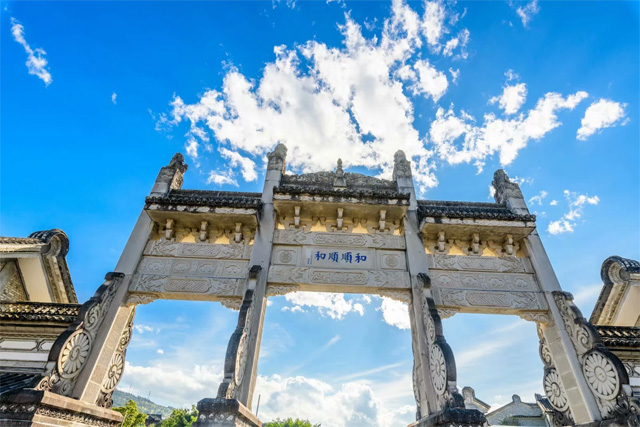
Heshun Ancient Town, located 4 kilometers southwest of Tengchong City, Yunnan Province, is a famous hometown of overseas Chinese in Yunnan. For more than 600 years, the Central Plains culture, Western culture, Nanzhao culture, and border culture have blended and collided here, forming a unique overseas Chinese hometown culture and horse gang culture, making Heshun one of the four typical ecological cultural villages in Yunnan Province. The ancient town of Heshun is built by mountains and rivers, around mountains, stretching for several miles, with monasteries, Taoist temples, ancestral halls and many alleys, as well as more than 100 houses of the Qing Dynasty. The architecture is a combination of Chinese and Western architecture, with the gracefulness of Huizhou architecture. It has the clarity of Western-style architecture and Southeast Asian style.
This article is edited and published by Journey Mark. If you have any questions, please feel free to contact us at any time.
Article Link:https://www.topvvv.com/en/China/127.html

